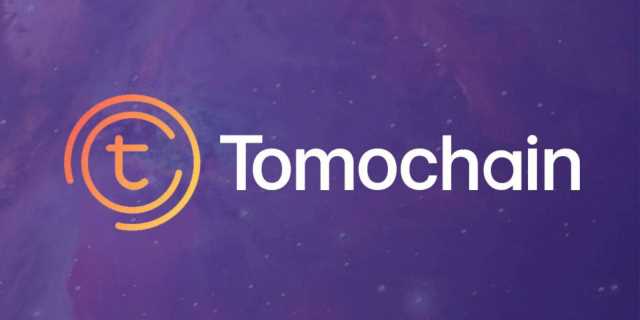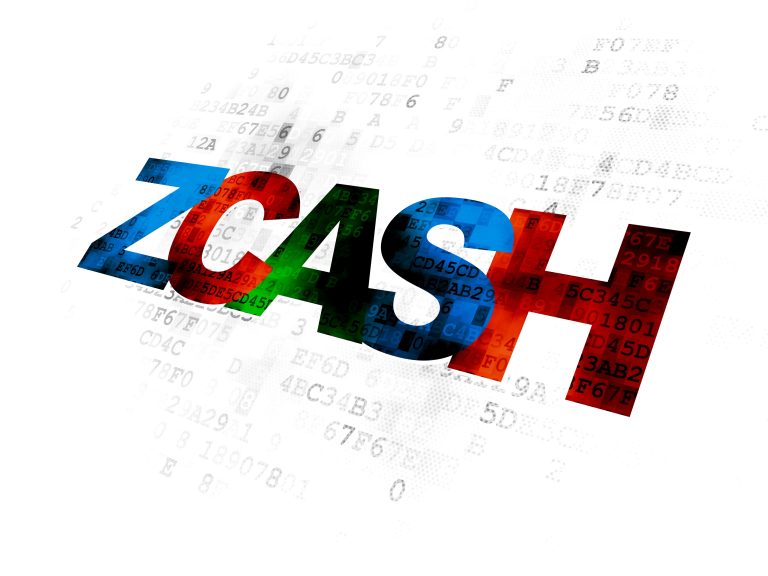The Relative Strength Index (RSI) for XRP is currently at 42, indicating that the asset is neither overbought nor oversold. As the community watches closely, the impact of these whale movements and Ripple’s impending settlement could significantly influence XRP’s trajectory in the coming Derivatives in Crypto days. On September 2, on-chain data from Whale Alert revealed that nearly 1 billion XRP was transferred to Ripple in a series of transactions. Among these, a notable dump of 20 million XRP was made by a well-known whale address, depositing the funds into the Bitstamp exchange.
Example of a Bitcoin perpetual contract
- This requirement arguably represents overregulation because, notwithstanding potential fluctuations, derivatives counterparties can usually estimate the limits of their potential liability.
- Leverage, a key feature in crypto derivatives, amplifies both potential profits and losses.
- Cryptocurrency derivatives are trading instruments that derive (the reason behind the name) their value from an underlying cryptocurrency or basket of cryptocurrencies.
- For example, if you use 100x leverage, this means you can start with $100 and multiply it by 100 to trade a position worth $10,000.
- ETH vaults also exist for multi-leg short-option strategies, like call-and-put spreads, straddles, strangles, and iron condors.
- This is not too dissimilar from a stock’s price dropping as it goes ex-dividend since subsequent buyers will not receive the dividend payment from that point on.
- Whether or not crypto derivatives are suitable depends on the knowledge, skill, and personal circumstances of each individual trader.
The expiry date of a derivative contract refers to the date when the contract is settled. For example, if a trader thinks that the Bitcoin price will rise in the future, they purchase a call option with a strike price of $100,000 that expires in three months. And if BTC exceeds $100,000 before expiry, the trader may use the option to buy at a lower price and possibly book a profit. The funding rate system also ensures that the swap is anchored to its underlying asset. Read on to learn what crypto derivatives are, what types there are, and how they work. Delta Exchange India employs enterprise-grade security measures and manual withdrawal processes to protect user funds.

What Is a Crypto Derivatives Contract?
Perpetual futures, or “perps,” are a popular type of derivative in the crypto market. Unlike traditional futures, these contracts don’t have an expiry date, allowing traders to hold their positions indefinitely. They are settled frequently, often every 8 hours, to keep the price aligned with the spot market.

What to Look for in a Crypto Derivatives Exchange

Alternatively, a long put option with BTC as the underlying asset could also hedge the risk, as the long put would gain if the BTC price were to drop. Both can be entered into as a long position (i.e., buying the option) or a short position (i.e., selling the option). You will hit the “Sell” button for the short position if you believe that the price of the underlying cryptocurrency will fall. An options contract gives the buyer the right (but without any obligation) to purchase a cryptocurrency, and it gives a seller the right (but without any obligation) to sell a given cryptocurrency at an agreed price by a given date.

Trading crypto derivatives on fully regulated exchanges has become increasingly attractive after FTX’s collapse, particularly for traditional financial institutions. With that said, CME’s footprint is still relatively small after factoring in perps volume and Deribit’s options volume. DYdX offers a non-custodial trading experience with a focus on perpetual contracts for various cryptocurrencies. GMX, on the other hand, allows for leveraged trades and provides a unique liquidity model that facilitates low-slippage trading on major crypto assets. Both platforms offer the benefits of decentralized finance (DeFi) with high liquidity and innovative trading features.